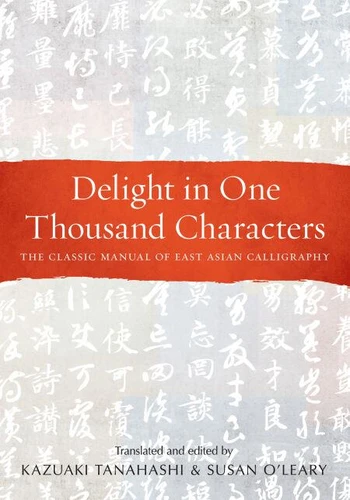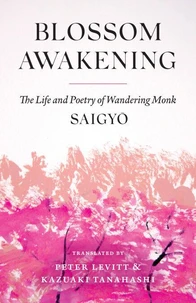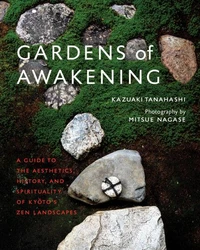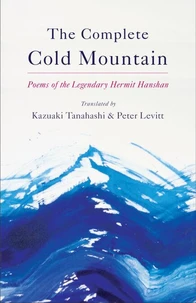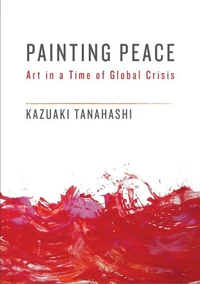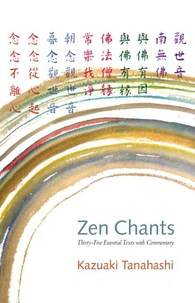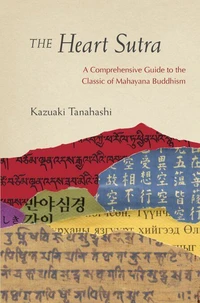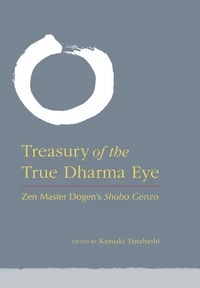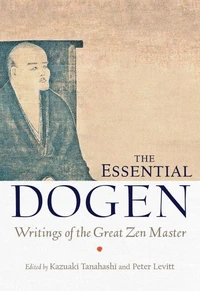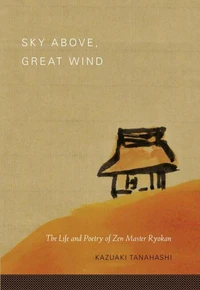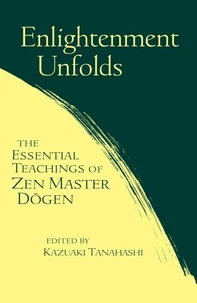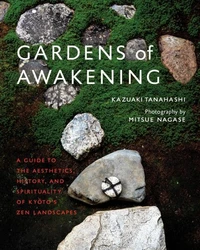Delight in One Thousand Characters. The Classic Manual of East Asian Calligraphy
Par : ,Formats :
Disponible dans votre compte client Decitre ou Furet du Nord dès validation de votre commande. Le format ePub protégé est :
- Compatible avec une lecture sur My Vivlio (smartphone, tablette, ordinateur)
- Compatible avec une lecture sur liseuses Vivlio
- Pour les liseuses autres que Vivlio, vous devez utiliser le logiciel Adobe Digital Edition. Non compatible avec la lecture sur les liseuses Kindle, Remarkable et Sony
- Non compatible avec un achat hors France métropolitaine
 , qui est-ce ?
, qui est-ce ?Notre partenaire de plateforme de lecture numérique où vous retrouverez l'ensemble de vos ebooks gratuitement
Pour en savoir plus sur nos ebooks, consultez notre aide en ligne ici
- Nombre de pages192
- FormatePub
- ISBN978-0-8348-4438-4
- EAN9780834844384
- Date de parution13/09/2022
- Protection num.Adobe DRM
- Taille92 Mo
- Infos supplémentairesepub
- ÉditeurShambhala
Résumé
A beautifully curated presentation of the Thousand Character Essay, a masterpiece of Chinese calligraphy that has served as the art form's classic manual for over 1, 400 years. Sung to infants as a lullaby, used to teach reading and writing, and employed as library index codes, the Thousand Character Essay is China's most widely used and beloved calligraphy textbook. Composed by the literary giant Zhou Xingsi and handwritten by sixth-century Buddhist monk Zhiyong, this masterful work has endured for centuries as the standard guide for brush writing both in formal and cursive scripts.
Delight in One Thousand Characters brings this sublime body of art-as-text to English-speaking readers through its translation and explanation by calligraphers and artists Kazuaki Tanahashi and Susan O'Leary. Preserving the renowned beauty of monk Zhiyong's only extant handwriting, the book visually depicts the traditional script through extensive imagery, including a full, one-hundred-strip edition of Zhiyong's calligraphy.
All images also have corresponding commentary explaining the meaning of each character. Essays and appendices by Tanahashi and O'Leary detail the fascinating history, geographic range, and aesthetic nuance of the essay and of Zhiyong's rendering--essential material to be familiar with the history, thought, literature, and art of East Asian civilization. For calligraphers, Delight in One Thousand Characters can serve as an advanced primer for practicing both formal and cursive Chinese calligraphy.
Delight in One Thousand Characters brings this sublime body of art-as-text to English-speaking readers through its translation and explanation by calligraphers and artists Kazuaki Tanahashi and Susan O'Leary. Preserving the renowned beauty of monk Zhiyong's only extant handwriting, the book visually depicts the traditional script through extensive imagery, including a full, one-hundred-strip edition of Zhiyong's calligraphy.
All images also have corresponding commentary explaining the meaning of each character. Essays and appendices by Tanahashi and O'Leary detail the fascinating history, geographic range, and aesthetic nuance of the essay and of Zhiyong's rendering--essential material to be familiar with the history, thought, literature, and art of East Asian civilization. For calligraphers, Delight in One Thousand Characters can serve as an advanced primer for practicing both formal and cursive Chinese calligraphy.
A beautifully curated presentation of the Thousand Character Essay, a masterpiece of Chinese calligraphy that has served as the art form's classic manual for over 1, 400 years. Sung to infants as a lullaby, used to teach reading and writing, and employed as library index codes, the Thousand Character Essay is China's most widely used and beloved calligraphy textbook. Composed by the literary giant Zhou Xingsi and handwritten by sixth-century Buddhist monk Zhiyong, this masterful work has endured for centuries as the standard guide for brush writing both in formal and cursive scripts.
Delight in One Thousand Characters brings this sublime body of art-as-text to English-speaking readers through its translation and explanation by calligraphers and artists Kazuaki Tanahashi and Susan O'Leary. Preserving the renowned beauty of monk Zhiyong's only extant handwriting, the book visually depicts the traditional script through extensive imagery, including a full, one-hundred-strip edition of Zhiyong's calligraphy.
All images also have corresponding commentary explaining the meaning of each character. Essays and appendices by Tanahashi and O'Leary detail the fascinating history, geographic range, and aesthetic nuance of the essay and of Zhiyong's rendering--essential material to be familiar with the history, thought, literature, and art of East Asian civilization. For calligraphers, Delight in One Thousand Characters can serve as an advanced primer for practicing both formal and cursive Chinese calligraphy.
Delight in One Thousand Characters brings this sublime body of art-as-text to English-speaking readers through its translation and explanation by calligraphers and artists Kazuaki Tanahashi and Susan O'Leary. Preserving the renowned beauty of monk Zhiyong's only extant handwriting, the book visually depicts the traditional script through extensive imagery, including a full, one-hundred-strip edition of Zhiyong's calligraphy.
All images also have corresponding commentary explaining the meaning of each character. Essays and appendices by Tanahashi and O'Leary detail the fascinating history, geographic range, and aesthetic nuance of the essay and of Zhiyong's rendering--essential material to be familiar with the history, thought, literature, and art of East Asian civilization. For calligraphers, Delight in One Thousand Characters can serve as an advanced primer for practicing both formal and cursive Chinese calligraphy.

